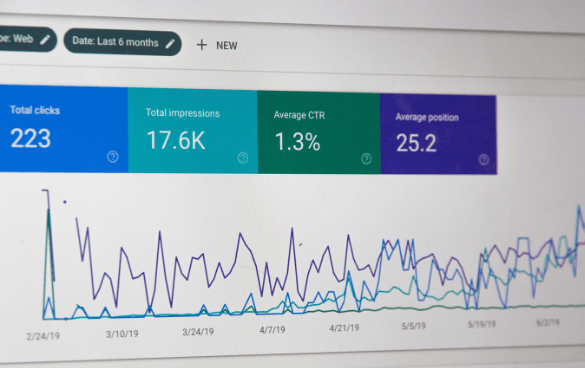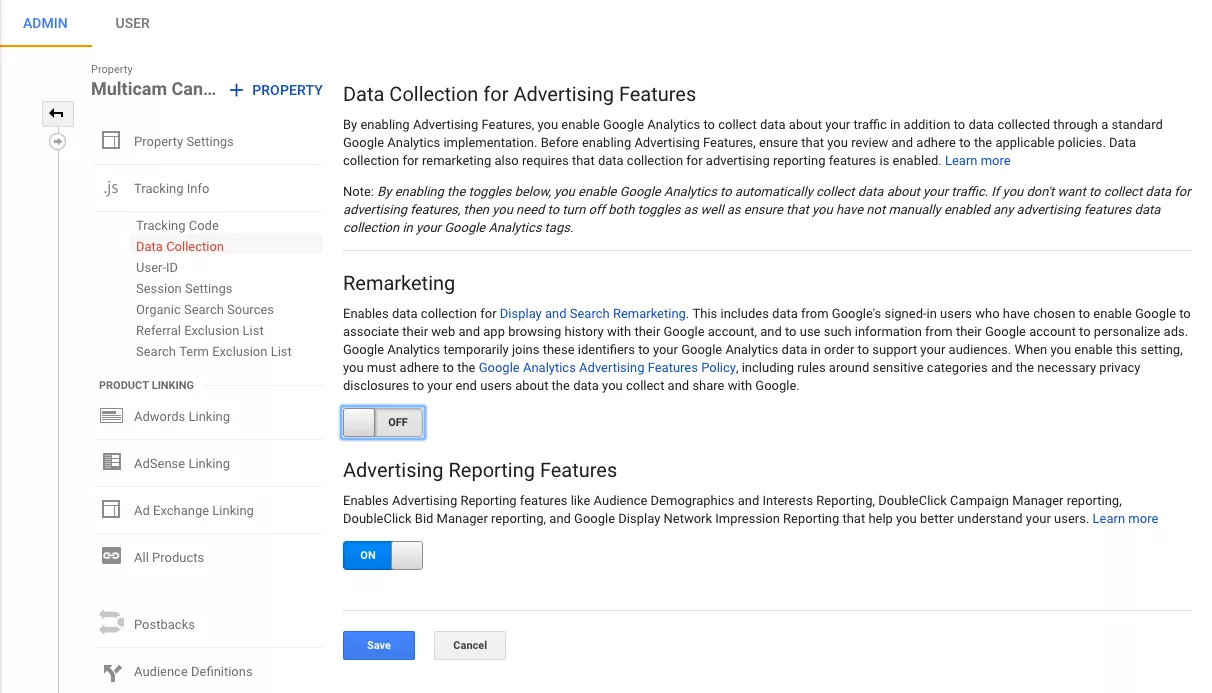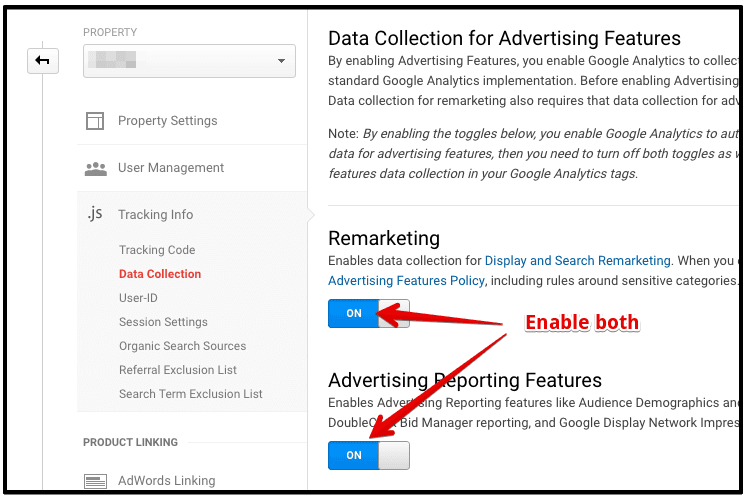Reliable Strategies for Remarketing in Google Analytics
In the realm of electronic advertising and marketing, the realm of remarketing in Google Analytics stands as a crucial tool for businesses intending to boost their on-line visibility and conversion prices. Via critical audience division, tailored remarketing checklists, and engaging ad creatives, businesses can craft tailored campaigns that reverberate with their target market. The true success lies in the capacity to continuously refine and maximize these strategies based on efficiency metrics and information understandings. By checking out the subtleties of dynamic remarketing and leveraging advanced monitoring tools, businesses can open the complete potential of their remarketing initiatives, resulting in enhanced brand name visibility and consumer interaction.
Audience Segmentation
Making use of target market segmentation is an essential approach in enhancing the efficiency of remarketing projects within Google Analytics. By separating your target market right into distinctive teams based on their actions, demographics, or interests, you can tailor your advertising and marketing messages to be a lot more appropriate and appealing. This approach permits you to provide individualized advertisements to particular sectors, enhancing the likelihood of conversion.

In addition, audience segmentation helps you comprehend the varying requirements and preferences of various customer teams, permitting you to craft even more compelling advertisement creatives and offers. This targeted approach not only enhances the performance of your remarketing efforts yet likewise improves overall campaign performance.
Setting Up Remarketing Listings
To effectively execute remarketing strategies in Google Analytics, the initial step entails creating targeted remarketing lists based upon details audience communications. Establishing up remarketing checklists enables online marketers to sector their internet site visitors right into various groups based on their habits, such as pages checked out, items looked for, or actions taken on the website. By specifying these sections, online marketers can then produce individualized and pertinent advertisements that target these certain groups, enhancing the likelihood of conversion.
Remarketing listings can be set up making use of different requirements such as page gos to, period of go to, specific goal conclusions, or even certain occasions activated on the internet site. This level of customization makes it possible for marketing experts to customize their promotions to match the passions and choices of each segmented target market, leading to higher interaction and conversion rates.
Furthermore, remarketing lists can also be developed based upon data imported from various other resources like CRM systems, permitting even more accurate targeting. By establishing up these targeted remarketing lists, marketing experts can efficiently reach out to potential clients that have already revealed rate of interest in their product and services, optimizing the effect of their remarketing campaigns.
Developing Compelling Advertisement Creatives
After segmenting website visitors into targeted remarketing listings based on details audience interactions, the following essential step is to craft engaging ad creatives that resonate with each segmented team's rate of interests and choices. The performance of remarketing projects heavily counts on the capability of these her response advertisement creatives to capture the focus of the audience and drive them to take the desired action.
To create engaging advertisement creatives, it is important to understand the one-of-a-kind features of each fractional team (What Is “Remarketing” In Google Analytics?). Tailoring the messaging, visuals, and supplies to line up with the rate of interests and preferences of the target market can considerably boost the chances of conversion. Utilizing dynamic ads that instantly readjust web content based on the customer's behavior can likewise improve the personalization of the ad experience

Surveillance Performance and Optimization
Effective monitoring of campaign performance and regular optimization are crucial aspects of effective remarketing approaches in Google Analytics. To guarantee the performance of remarketing projects, marketing experts should frequently track key efficiency metrics such as click-through prices, conversion prices, and return on ad spend. By keeping an eye on these metrics, marketing professionals can gain important understandings right into the efficiency of their campaigns and determine locations for improvement.
In Google Analytics, marketing professionals can utilize devices like conversion tracking and target market division to examine the performance of their remarketing projects. Conversion monitoring permits marketing experts to track specific activities that customers take after clicking on a remarketing ad, offering important information on the efficiency of the project in driving desired end results. Target market division, on the other hand, allows marketing experts to split their target market right into different sections based on various criteria such as demographics, habits, and passions, permitting more targeted and individualized remarketing initiatives.
Continuous optimization is necessary for optimizing the impact of remarketing campaigns. Online marketers need click here for info to use A/B testing to try out various ad creatives, messaging, and targeting strategies to identify the most efficient approaches. By routinely evaluating project efficiency information and making data-driven optimizations, marketing professionals can make sure that their remarketing campaigns are attaining the preferred outcomes and driving conversions efficiently.
Leveraging Dynamic Remarketing
Utilizing vibrant remarketing can dramatically improve the relevance and impact of targeted advertisements in Google Analytics. This advanced strategy permits advertisers to show tailored advertisements to customers that have previously seen their site or utilized their mobile app. By dynamically showing service or products that the users have actually shown passion in, dynamic remarketing helps to maintain the brand fresh in their minds and motivates them to go back to finish a purchase.

Moreover, dynamic remarketing campaigns can be automated and optimized in real-time based upon performance information, making certain that the advertisements continue to be relevant and efficient. By leveraging vibrant remarketing in Google Analytics, advertisers can create a lot more impactful and targeted advertising campaigns that reverberate with their target market and drive results.
Final Thought
To conclude, effective remarketing approaches in Google Analytics involve audience division, targeted remarketing listings, compelling advertisement creatives, efficiency surveillance, and dynamic remarketing. By concentrating on customized ads, information evaluation, and continuous optimization, services can boost conversion rates and drive involvement effectively. Leveraging tools like conversion monitoring guarantees that advertisements stay appropriate and customized, bring about overall success in remarketing efforts.
Through critical audience division, customized remarketing listings, and engaging advertisement creatives, services can craft customized projects that resonate with their target audience. Making use of dynamic ads that immediately change web content based on the individual's actions can also boost the customization of the ad experience.
Conversion monitoring allows online marketers to track specific activities that customers take after clicking on a remarketing advertisement, giving valuable information on the effectiveness of the campaign in driving preferred end results.Using dynamic remarketing can significantly boost the importance and influence of targeted ads in Google Analytics - What Is “Remarketing” In Google Analytics?.In conclusion, efficient remarketing strategies in Google Analytics include audience segmentation, targeted remarketing checklists, compelling ad creatives, performance monitoring, and vibrant remarketing
Comments on “Maximizing Your ROI with Remarketing In Google Analytics”